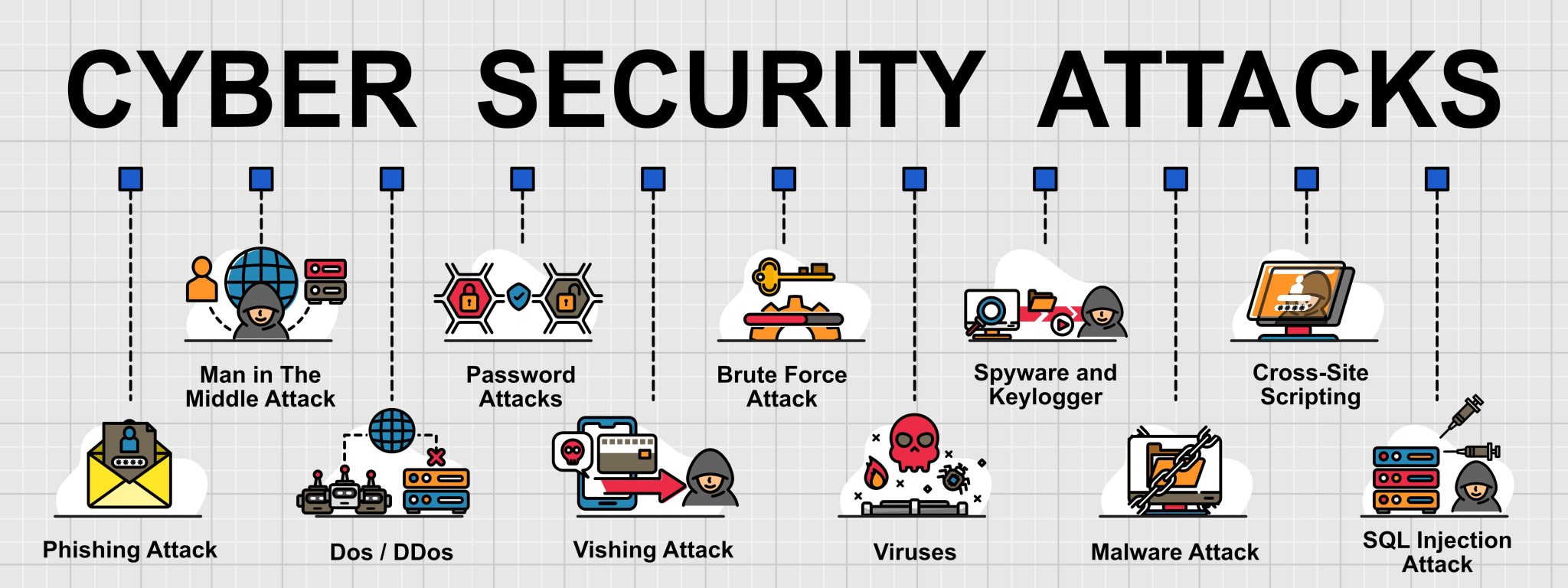
A network security threat refers to any potential breach of your data systems and network or any attempt to access your data. According to the Center for Strategic and International Studies, two-thirds of internet users have encountered cybercriminals. Each year USD$600 billion is lost through these cyber-attacks globally. That is roughly 1% of the global gross domestic product.
So, how do you identify vulnerabilities in your system, and how can you protect yourself from such attacks? Apart from engaging professionals like the KMT Group, you may continue reading to learn the forms and types of network and security threats, and some ways to counter internet security attacks.

Common Forms Of Network Threats
- DDoS Attacks: These attacks overpower your system with information requests until they ultimately shut down your servers and sites.
- Advanced Persistent Threats (APTs): With APT, the attacker gains unauthorized access to the system through coding and stays there incognito while collecting vital information.
- SQL Injection: The attacker uses SQL queries to inject malicious codes into the system. That way, they can delete private information from the system or copy personal data.
- Phishing Attacks: These attacks lure people into clicking on malicious links or downloading questionable content to enter the system. It can target the whole system or a specific individual. According to experts, phishing is currently the most common type of cyberattack.
- Ransomware: Once the attacker has successfully phished the system and encrypted your data, they will hold the system hostage and demand a ransom before allowing you to regain access to your system. The worst part is that you are never sure if they will keep to their word once you give in to their demands because you are dealing with criminals.
- Malware: Malware is a suspicious program that infiltrates your system, whether it’s a worm, a virus, or ransomware. It first affects a device and then finally cripples the whole system.
Types Of Security Threats
- Organized Threats: These are well-structured threats by organized attackers with a clear plan and mission as to why they are attacking a network. State-sponsored attacks would fall under this category.
- Unstructured Attacks: They are mainly carried out by amateurs who have no precise aim on why they are even carrying out a cyberattack in the first place.
- External Threats: These are threats launched at you by outsiders seeking to gain your company’s data and information.
- Internal Threats: They are mainly carried out by your employees, either individually or in collaboration with outsiders. Internal network breaches account for a significant percentage of network security attacks. They could be from dissatisfied employees or just potentially criminal employees who were not thoroughly vetted when they joined the organization.

How To Identify Network Security Vulnerabilities
- View Your Network
Have a very close look at your network as if you were the attacker. Attack your defenses and gauge how many threats they can accommodate or repel an attack. Identify any vulnerabilities and weak points that are likely to make it easy for an attacker to gain entry. That way, you can seal any loopholes.
- Penetration Trials
Where and at what point do your defenses succumb to pressure? Can you identify employees in your organization who are likely to get tempted to click on malicious links? Penetration testing makes it easy to locate such lapses in the system.
- Build a Firewall
External and internal firewalls prevent unauthorized access to your network system. A firewall also monitors your system traffic. It notifies you in case of any unusual activities or intrusion into your system.
- Network Segmenting
Manage your network permissions so that not every team member has full access to the network, and select a few employees who can have higher authority access to the system. With this, you can control who authorizes what and prevent insider data breaches.
- Threat Surveillance
Find out what threats are currently being launched on similar networks and if your organization faces the same risk. Once you have established the potential risks, you can implement mitigation measures before the actual attacks are launched on your network.
- Network Monitoring
Constantly monitor and determine how viable your security measures are. Keep all your security measures regularly updated and consider changing any that feel like they are no longer providing the security needed.
Final Thoughts
Cybercriminals keep changing their execution styles concerning network security attacks; thus, you must keep monitoring and updating your security systems. Your clients entrust you with their data, so exposing the same information would be a reputational risk. Therefore, you must aim to keep improving your network’s defense system.